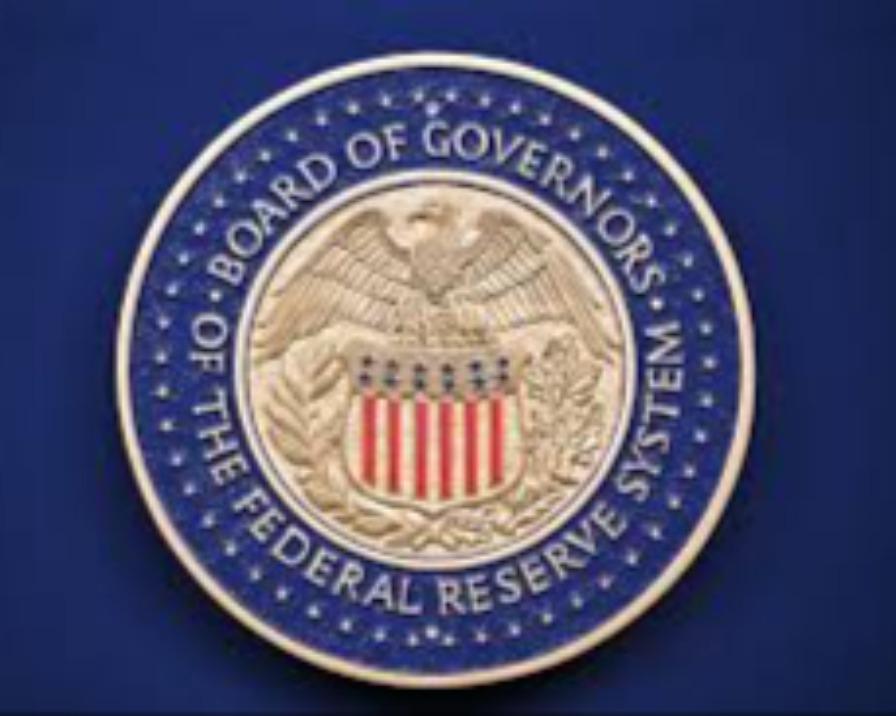Federal Reserve Chair Jerome Powell recently suggested that the U.S. central bank may soon stop reducing its massive bond holdings, a move known as "quantitative tightening." Speaking at a conference in Philadelphia, Powell didn’t give an exact timeline but noted that the current level of bank reserves is nearing what the Fed considers “ample.” This means the Fed might halt its balance sheet reduction in the coming months.
During the pandemic, the Fed had purchased large amounts of government bonds and mortgage-backed securities, pushing its balance sheet close to $9 trillion. Since 2022, it has gradually allowed these assets to mature without reinvestment to tighten financial conditions. Now, Powell says signs of tightening liquidity are emerging, and going further might hurt economic growth.
While Powell didn’t commit to lowering interest rates, he did acknowledge recent data showing the labor market has weakened. This increases the chances of rate cuts, though Powell emphasized a careful approach: moving too fast could miss the inflation goal, but going too slow could damage employment.
He also addressed concerns in Congress about the Fed paying interest on bank reserves. Powell defended the practice, warning that ending it would undermine the Fed's ability to manage interest rates effectively.
Regarding the broader economy, Powell said job growth has slowed and that fewer people are entering the workforce. He acknowledged this softer labor market increases risks to employment. Although the Fed already cut rates by 0.25% in September, Powell did not confirm whether more cuts are coming. Market expectations still lean toward two more reductions this year.
In summary, the Fed is signaling the end of its tightening program, but remains cautious on interest rates, aiming to balance inflation control and employment stability.



